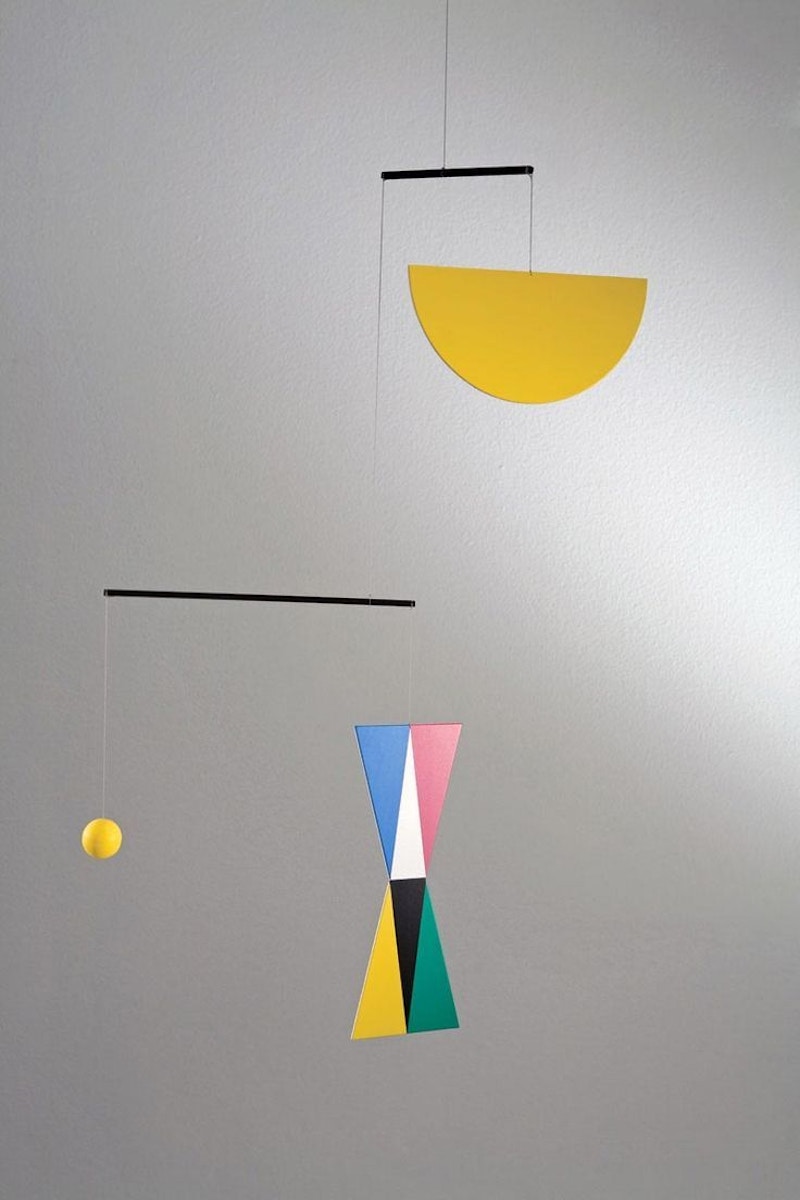His Life
Born in Milan in 1907, Bruno Munari was an accomplished artist, designer, inventor and author. His work contributed to many advancements in practice and thinking in various visual art industries from Sculpture, graphic design and industrial design. His work in the non-visual arts helped with research into the didactic method, tactile learning and the power of creativity in children learning.
Having moved back to Milan in 1925 to work with his uncle as an engineer he began to follow the futurist movement and began displaying work in exhibitions around the country. His interest in the movement was sparked y Filippo Tommaso Marinetti who published his very controversial Futurist Manifesto in 1909. In his manifesto Marinetti argued that "Art, in fact, can be nothing but violence, cruelty, and injustice." Which was in complete contrast to the current mode of thinking at the time but was published at a time where fascist ideals were growing and, in a country, soon to welcome Mussolini into power, whom Marinetti supported.
Munari took on a more liberal approach when fascism started to take hold of Italy and disassociated himself from the movement after World War II. Some of the movements lessons would stick with him however, as movement and transformation in static forms remained throughout all of his future works.
After Futurism Munari began working within the Surrealism movement started by Andre Breton in 1917. It is here that Munari really seems to produce his exploration of the line between art and design and experiment with various styles and disciplines.




